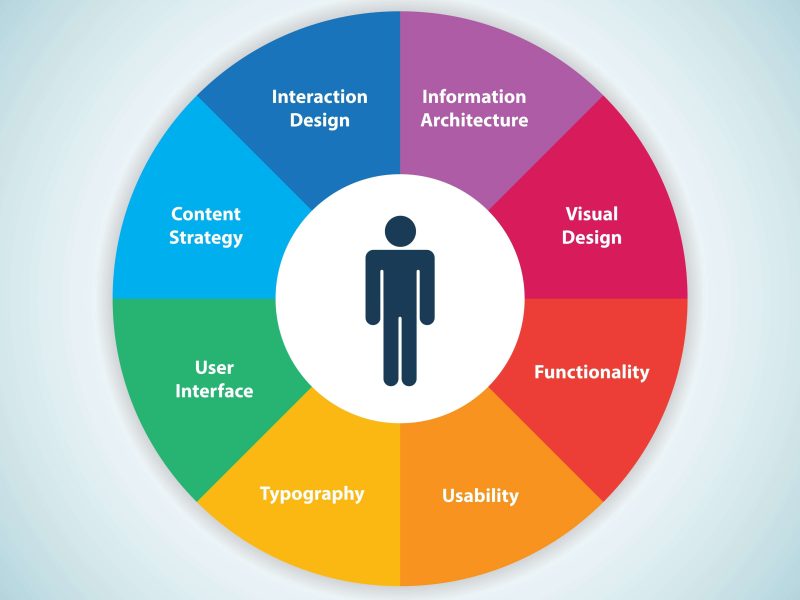Effective leadership is crucial for the success and growth of any organization. A key aspect of ensuring a seamless transition from one leader to another is through a well-executed succession planning strategy. Succession planning for leadership development involves identifying and nurturing potential future leaders within the organization and preparing them for greater responsibilities.
The Importance of Succession Planning
Succession planning provides stability and continuity within an organization. It ensures that there are capable individuals ready to step into leadership roles when the need arises. Failure to plan for leadership succession can lead to a lack of direction, loss of institutional knowledge, and a decline in overall performance. By investing time and resources into succession planning, organizations can reduce the risks associated with sudden leadership departures and maintain a smooth and uninterrupted workflow.
Identifying Potential Leaders
The first step in succession planning is identifying potential leaders within the organization. This process involves assessing employees’ skills, competencies, and potential for growth. It is important to look beyond existing leadership roles and consider employees from different departments and levels. Potential leaders may exhibit qualities such as strong decision-making skills, effective communication, adaptability, and a willingness to take on new challenges.
An effective way to identify potential leaders is through talent assessments and performance evaluations. These tools help in evaluating employees’ current performance and their potential for future roles. Additionally, organizations can encourage employees to express their interest in leadership positions and provide opportunities for their professional growth and development.
Nurturing and Developing Future Leaders
Once potential leaders have been identified, it is crucial to provide them with the necessary training and development opportunities. This can include formal leadership training programs, mentoring, coaching, and job rotations. These initiatives help individuals develop the skills, knowledge, and experience required to excel in leadership roles.
Mentoring programs pair potential leaders with experienced executives who can provide guidance, support, and valuable insights. This mentorship can significantly accelerate the development of future leaders by offering them real-world advice and allowing them to learn from the experiences of those in higher positions.
Job rotations offer individuals exposure to different areas of the organization, enabling them to gain a broad perspective and a well-rounded skill set. This also helps in creating a talent pool of individuals familiar with various aspects of the organization, making them more adaptable to future leadership challenges.
Creating a Succession Plan
An effective succession plan outlines the steps and strategies required to ensure a smooth leadership transition. It includes the identified potential leaders, their development plans, and the timeline for their readiness to assume higher positions.
This plan should also consider contingencies and backup options. Not all potential leaders may be suitable or available at the time of a leadership vacancy. It is essential to identify alternative candidates and provide them with adequate development opportunities as well.
Evaluating and Adjusting the Plan
Succession planning is an ongoing process that requires regular evaluation and adjustment. As organizational needs and dynamics change, so do the requirements for future leaders. It is essential to review and reassess the succession plan periodically to ensure its alignment with the organization’s goals and objectives.
Feedback from current leaders, potential leaders, and stakeholders should be sought to make necessary adjustments to the plan. This feedback can provide valuable insights into the effectiveness of the development programs and identify any gaps that need to be addressed.
Conclusion
Succession planning for leadership development is an indispensable process for any organization aiming for long-term success. By systematically identifying potential leaders, nurturing their development, and creating a well-defined succession plan, organizations can ensure a steady supply of competent leaders who are ready to take on greater responsibilities when the need arises.


